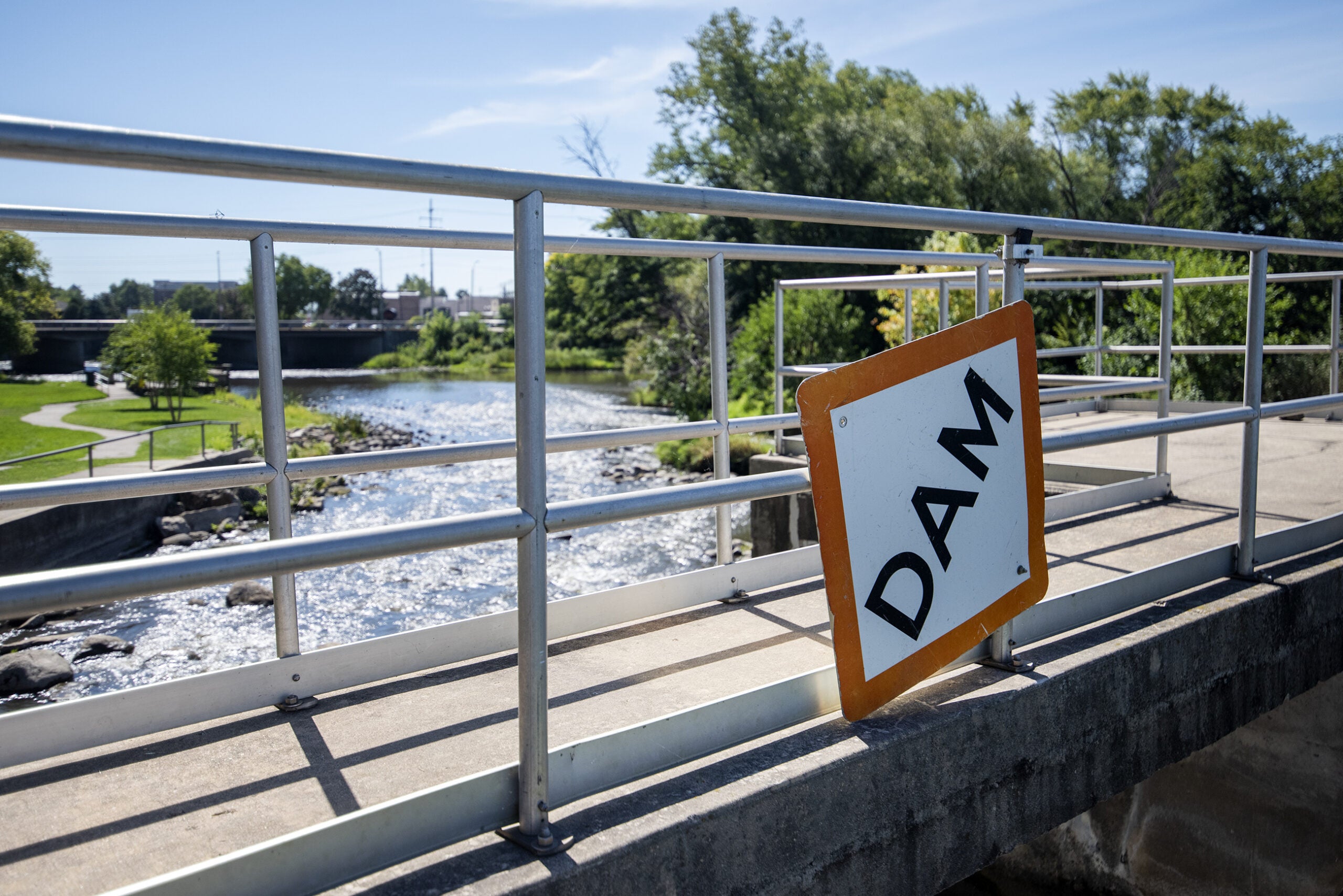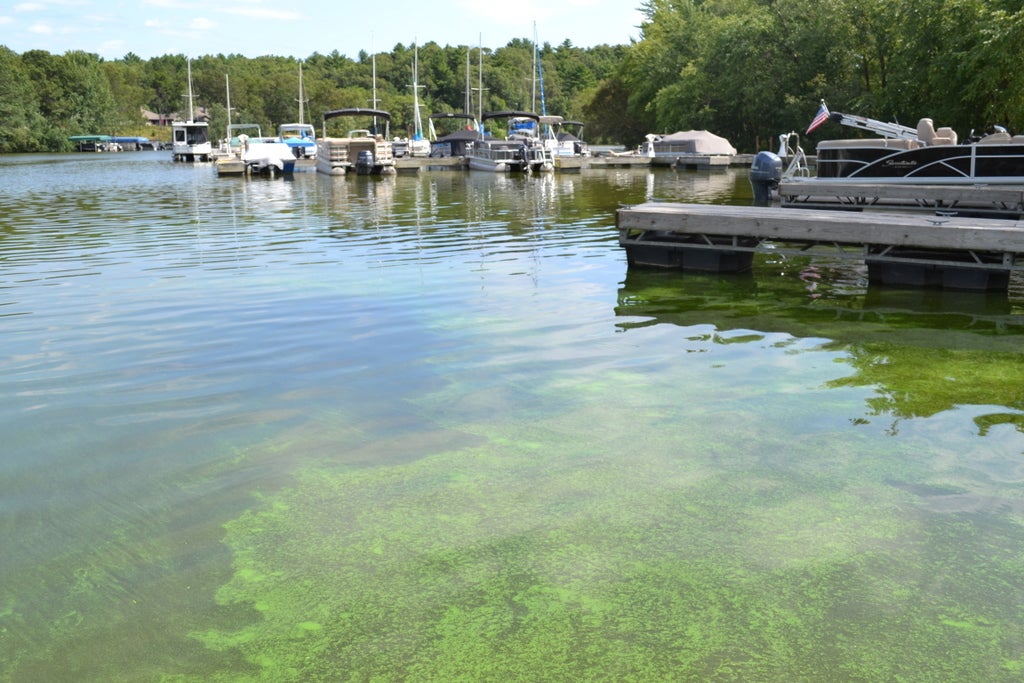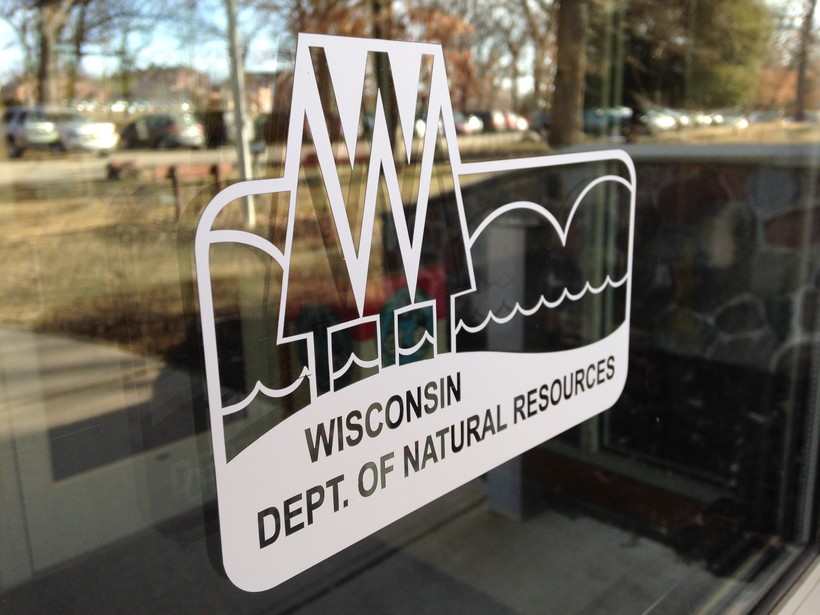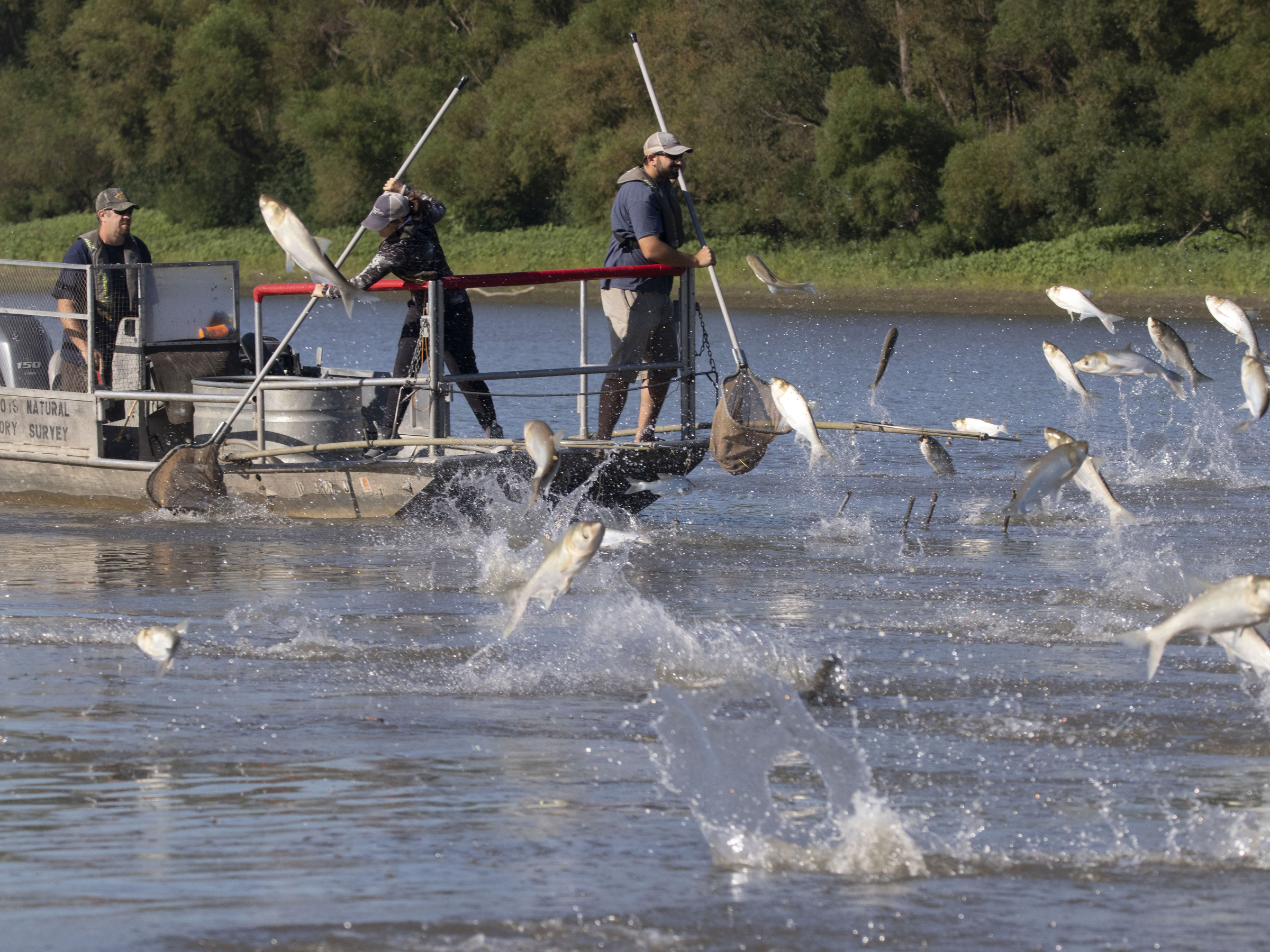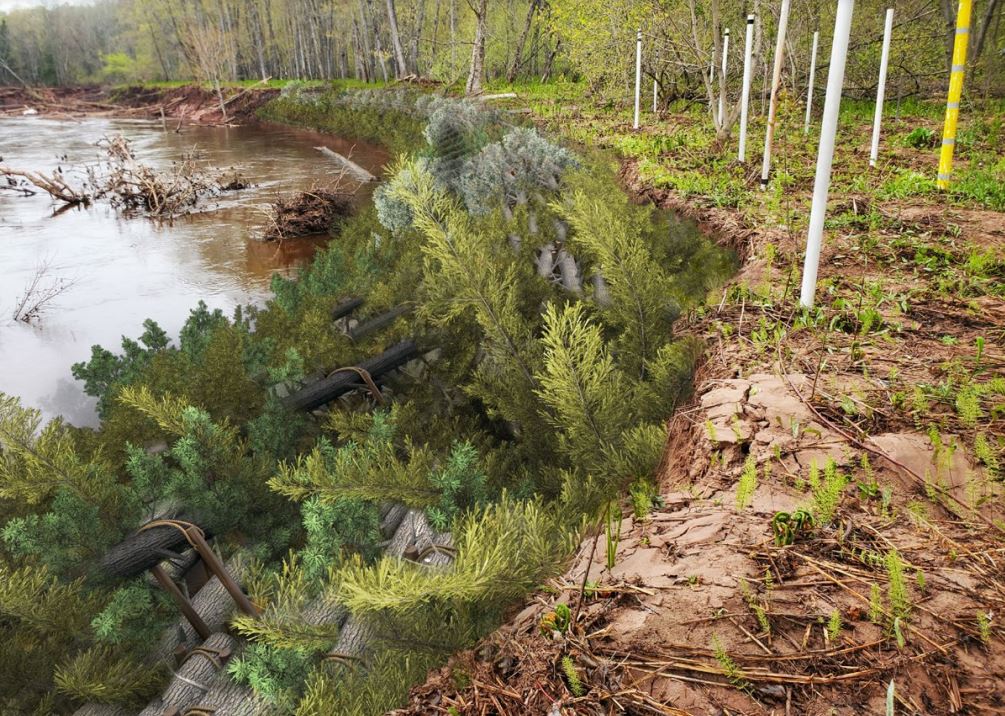After years of discussions, debates, reports, studies and surveys, Burlington has finally decided to keep its nearly 200-year-old dam.
In November, 60 percent of Burlington residents said they wanted to keep and modify the Echo Lake Dam through an advisory referendum. Last week, the Burlington Common Council followed the will of the voters and unanimously approved a $9.1 million plan to modify the dam. The city will also dredge Echo Lake as part of the plan.
Yvette Moeller, who helped start the Facebook group “Friends of Echo Lake and Dam,” said she was ecstatic the council voted to keep the dam. City officials could have also approved a $7.7 million plan to remove the dam.
News with a little more humanity
WPR’s “Wisconsin Today” newsletter keeps you connected to the state you love without feeling overwhelmed. No paywall. No agenda. No corporate filter.
“To lose something so beautiful would just be a crime,” Moeller said.
Moeller and other residents who supported repairing the dam have maintained that the dam and lake have become a centerpiece of downtown Burlington.
“It’s an important part of the community,” Moeller said. “It used to be a very active place and I’m hoping we can bring it back to that again.”
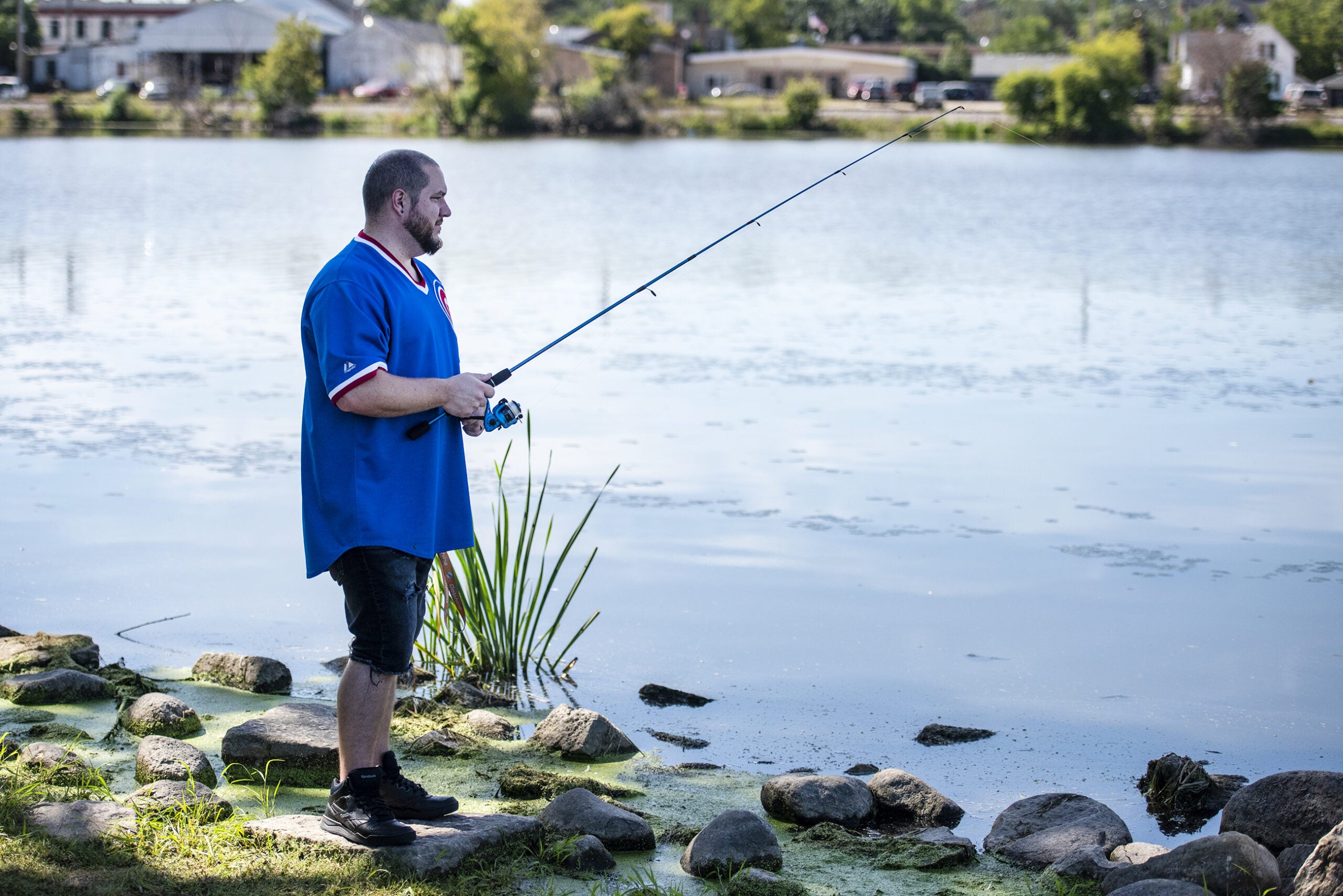
The Echo Lake Dam — which is on the White River, north of the confluence with the Fox River — was constructed in 1835 to generate power for flour and saw mills in the area.
But the dam has not served the city as a source of power since 1933. Some who wanted to remove the dam pointed to that fact. They also said they believed a restored river could allow for more recreation options, including better fishing.
What’s next?
Peter Riggs, the Burlington director of public works, said construction on the project could begin sometime in 2024. To modify the dam, the floodgate will be removed, and three new gates will be installed. The concrete retaining wall downstream from the dam will also be reconstructed.
“It’s a pretty large project that’s not just tied to dam spillway compliance,” Riggs said.
Riggs added that the city will dredge the lake and the shoreline will be stabilized. New trails and better lighting will also be added to Echo Park, which sits next to the lake and dam. The project will also include a new overlook on top of the dam.
“It gets folks out over the structure, so they can kind of experience that piece of infrastructure in a different way,” Riggs said.
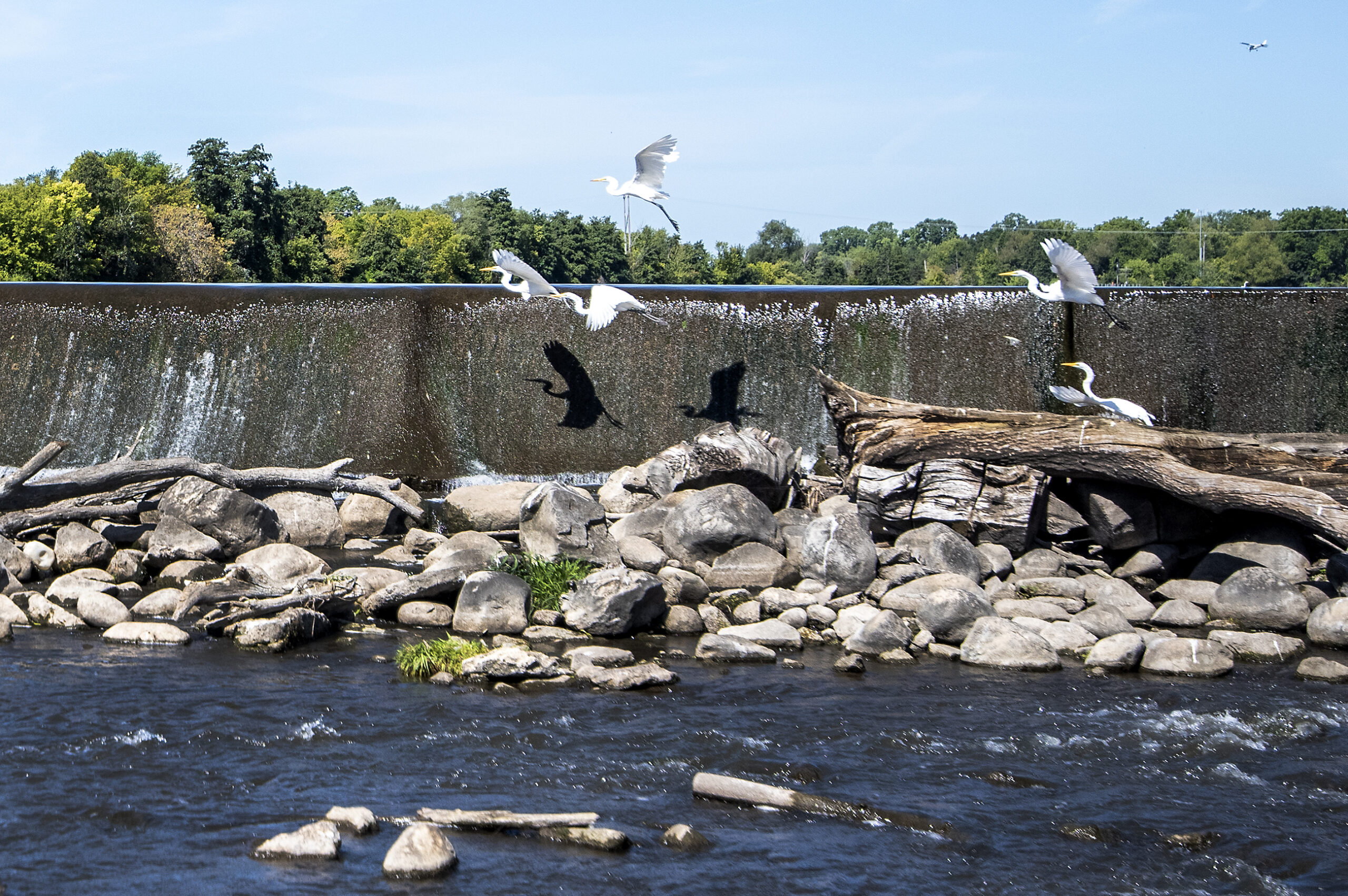
In 2013, the city performed a dam failure analysis which found the spillway wasn’t able to contain a 500-year flood as required by the Wisconsin Department of Natural Resources. The city is required to fix the problem by 2025, but Riggs said it’s possible the DNR offers an extension to the city if needed.
The city has already received a $1 million grant from the DNR for the project.
Moeller said “Friends of Echo Lake and Dam” has already applied to adopt Echo Lake Park, as part of the city’s Adopt-A-Park program.
“We’re hoping that they move forward quickly,” Moeller said. “They know what needs to be done. They know what the people wanted and what was voted for, so now it’s just a matter of them getting all the pieces in place.”
Wisconsin gets C+ on dam infrastructure report card
Wisconsin is home to 3,900 dams. According to the 2020 American Civil Engineers report card, the state received a C+ grade on its dam infrastructure.
That report found that nearly 200 dams are considered “high hazard,” which means “loss of life would be probable should the dam fail,” the report found.
The report also said the average annual precipitation in Wisconsin has increased by 10 percent since 1950.
“These changes in precipitation put additional stresses and pressure on dams, which could lead to failure. As a result, these dams will need more frequent inspections and analysis, requiring additional staff and increased funding by the state or federal governments,” the report found.
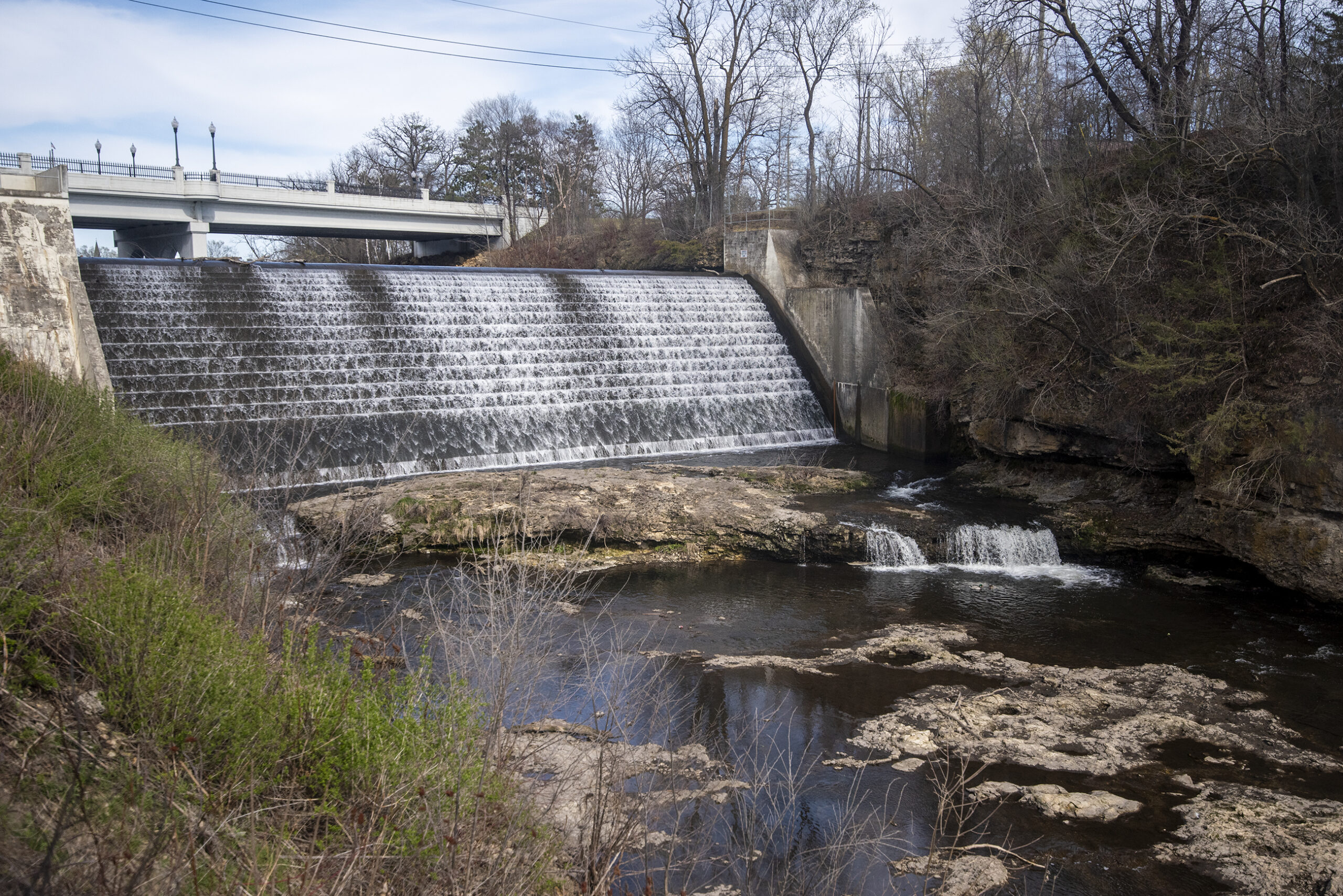
While speaking on Wisconsin Public Radio’s “The Morning Show,” Uriah Monday, the state dam safety engineer for the DNR, said there’s “room for improvement” when it comes to the C+ grade.
“The bullet points in that assessment talk about maintaining safety, increasing public education and awareness, maintaining and increasing funding levels, and I think all of those things we are on the right track to do,” Monday said.
About 1,000 dams in Wisconsin are classified as larger dams, according to Monday. The DNR also found that about 60 percent of the dams in Wisconsin are owned by a company or private individual.
About 17 percent of dams in the state are owned by a municipality. Faced with their own deteriorating dams, Janesville and West Bend opted to remove the structures and restore the rivers running through their communities in recent years.
Wisconsin Public Radio, © Copyright 2026, Board of Regents of the University of Wisconsin System and Wisconsin Educational Communications Board.
